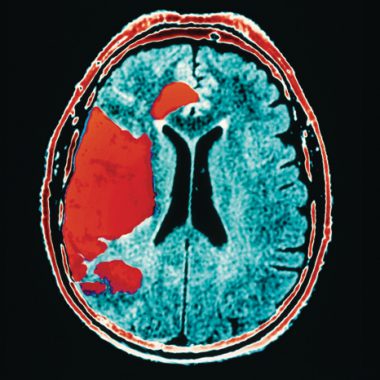GPs should urgently refer suspected stroke patients for specialist review regardless of their risk of future strokes, NICE recommends in new draft guidelines.
This is in contrast to the 2008 guideline, which recommends that patients have their risk of subsequent stroke evaluated before they are started on treatment and recommends a timeframe for referral based on whether their risk is high or low.
Due for publication in 2019, the draft guideline highlights the need to quickly treat and refer patients with suspected TIA.
It recommends that patients with suspected TIA are started on 300mg daily aspirin and referred to a specialist immediately for investigation within 24 hours of the onset of symptoms, without having their risk of subsequent stroke evaluated using the ABCD2 score.
The guideline committee said in the draft that the ABCD2 score had ‘low predictive value’ and could lead to patient harm if patients classified as low risk for future stroke aren’t assessed urgently, therefore the score should no longer be used.
The draft also discusses restoring homeostasis in patients who have had an intracerebral bleed and recommends that patients who present within six hours of symptom onset with a blood pressure of between 150 and 220mmHg are started on rapid blood pressure lowering therapy.
A consultation will run on the guideline until May 2019.
Note: the headline was changed at 8:30am on 30 November. It originally said ‘all suspected stroke patients’.
Guideline in full
- Unless its contraindicated, offer 300mg daily aspirin to people who have had a suspected TIA
- Immediately refer people with suspected TIA for specialist assessment and investigation within 24 hours of the onset of symptoms
- Do not use the ABCD2 score to assess patients for risk of future stroke
- Offer rapid blood pressure lowering to people with acute intracerebral haemorrhage who:
- Present within six hours of symptom onset, and have a systolic blood pressure between 150 and 220mmHg.
- Aim for a systolic blood pressure target of below 140mmHg within two hours of starting treatment and maintain the blood pressure for at least seven days.
Source: NICE
Visit Pulse Reference for details on 140 symptoms, including easily searchable symptoms and categories, offering you a free platform to check symptoms and receive potential diagnoses during consultations.

















